Mountain Music Roundup
By John Lilly
Recordings of authentic traditional music are hard to find. However West Virginia is fortunate to have Augusta Heritage Recordings (AHR), which offers a steady supply of some of the most rural and genuine mountain music being played today.
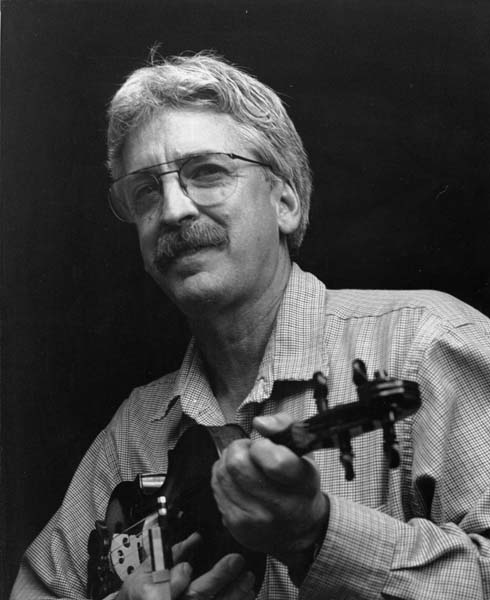
Gerald Milnes. Photographer and date unknown.
Gerald Milnes, Folk Arts Coordinator for the Augusta Heritage Center of Davis & Elkins College in Elkins, has been avidly collecting field recordings since the early 1970’s – initially for his personal use, then, starting in 1989, under the auspices of the Augusta center.
Finding appropriate artists is the first step, Gerald says. “I kinda keep my ear to the ground. When somebody mentions something to me about so-and-so, or their uncle sings or plays or does this or does that, I always note it and try to follow up.”
To date he has collected more than 750 recordings, which are housed as part of the Augusta Archives at D&E College. From these archives, Gerald selects those recording that will be released to the public.
“It’s a value judgment,” Gerald says of the selection process. “We are a heritage center, so we are interested in tradition. If it’s music and it’s in the traditional vein, that’s good! If the musician or the singer is proficient at what they do, that’s better! Usually it becomes clear to me, the material that’s worth producing for the public. [When] the material itself is good traditional material, and the artist is good at what they do - if these two things come together, it’s worth doing.”
Augusta issued a handful of LP recordings during the 1980’s, then a series of cassette tapes during the late 1980’s and early 1990’s. Since that time they have been issuing and reissuing recordings in either CD or DVD format. In addition to producing audio recordings of traditional music and stories, Gerald has earned a reputation as a documentary filmmaker, being honored as West Virginia Filmmaker of the Year in 2006.
Along with Gerald’s growing storehouse of field recordings – plus the work of a few other freelance researchers and collectors – AHR has access to countless hours of recorded performances and workshops conducted annually at the Augusta Heritage Arts Workshops, held five weeks each summer, plus a week each in the spring and fall. Workshop participants over the years have included a vast number of revered folk artists, including many National Heritage Fellows.
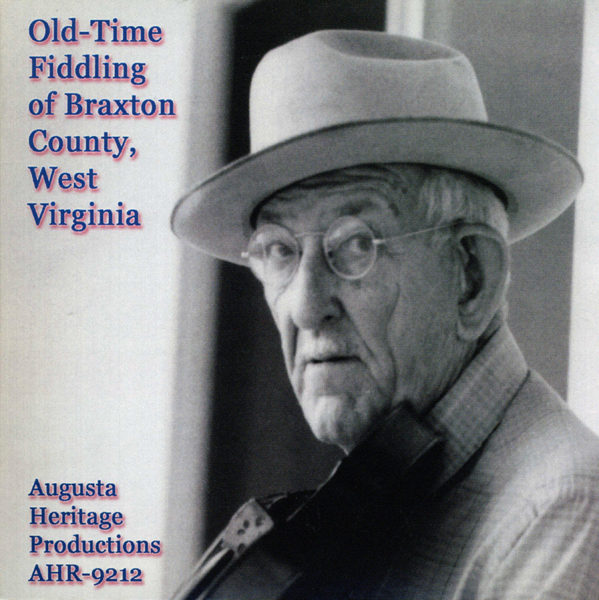
Old-Time Fiddling of Braxton County, West Virginia, (AHR-9212) is a monumental collection of 45 tunes played by 10 musicians, recorded by Gerald Milnes between 1978 and 1991. Presented here in mp3 format, this disk is not compatible with older model CD players, but works fine in newer players and computers. The latter is recommended as the disk also contains extensive liner notes, including a history of Braxton County and its music, musicians’ biographies, notes on the tunes, and a generous photo gallery.
The music here is pure and real, learned locally, and played by older musicians in their own homes. From the rich and droning fiddling of George Melton – playing “Granny Will Your Dog Bite?” and “Hop Light Ladies” – to the stark and edgy styling of Leland Hall – playing “Going Back to Piney Mountain,” and other tunes – Old-Time Fiddling of Braxton County presents a complex and varied picture of instrumental music from this central-most West Virginia county.
Also included are several tunes from legendary musicians Melvin Wine and Ernie Carpenter, as well as brothers Homer and Harvey Sampson, dance fiddler Sarah Singleton, Ward Jarvis, Kenton Sears, and Argyle Kaufman.
Considering the amount of material here, the level of documentation, and the variety of performers and fiddling styles, this CD is among the most significant releases to date on the AHR label. If you are only planning on getting one, this would be the one to get!
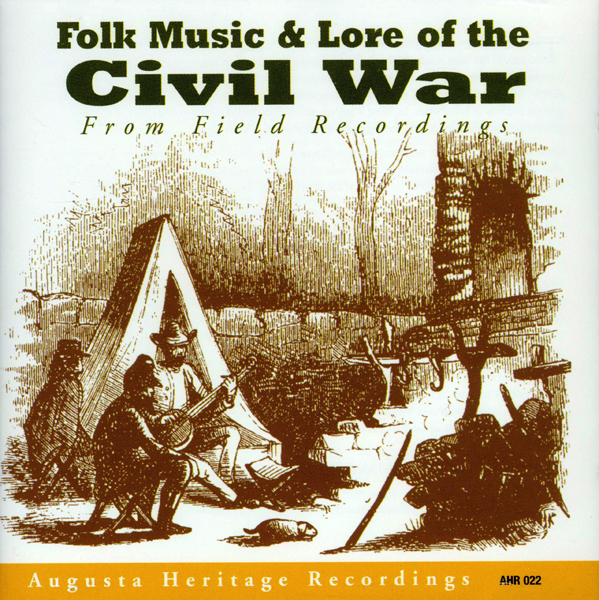
Another important and timely release from AHR is Folk Music & Lore of the Civil War (AHR-022). As the state prepares for its sesquicentennial celebration in 2013, this collection of field recordings is as close as we will get to being able to hear songs, tunes, and stories of that dreadful conflict as they likely would have sounded 150 years ago.
Recorded by Gerald Milnes between 1976 and 1994, these field recordings include relevant instrumentals, such as “Camp Chase” by Wilson Douglas, “Abe’s Retreat” by Harvey Sampson, and “Battle of Droop Mountain” by Mose Coffman. Spoken introductions precede many of the tunes and songs, while Grace Nicholas and Currence Hammonds relate tales and legends associated with the war. Most pertinent, though, are the several ballads included, which combine gripping narratives with mournful music. The final track, “Shilo Hill” sung by Dwight Diller, is chilling indeed.
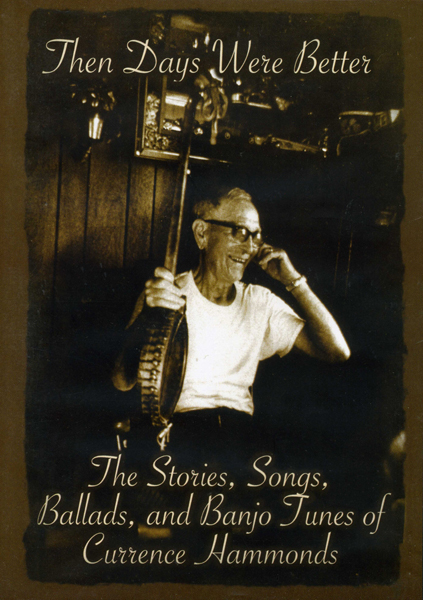
The music and tales of the Hammonds (or Hammons) family have loomed large within folk music and academic circles for the last 40 years. Then Days Were Better: The Stories, Songs, Ballads and Banjo Tunes of Currence Hammonds (AHMS-12) is the first new release of Hammonds’ material in some time and represents a significant contribution to our deeper understanding and appreciation of this family, their artistry, and way of life.
Fiddler Edden Hammons was arguably the most accomplished instrumentalist of the family, and was well-documented during the folk music revival of the 1960’s and ‘70’s. Edden, an uncle to Currence, taught Currence much of what he knew about music and life.
Currence and his wife, Mintie, were documented by Gerald Milnes in 1975. Follow-up research was conducted by folklorists John McCutcheon and Michael Kline, and the results are presented in this new CD from AHR. Sixty stories, songs, ballads, and tunes are gathered here in mp3 format. Again, this disk works best in a computer or a late-model CD player. A 20-page booklet gives ample information about Currence and Mintie, their families and upbringing, and the material. Packaged like a DVD, this unique audio CD offers more than two hours of music and narrative.
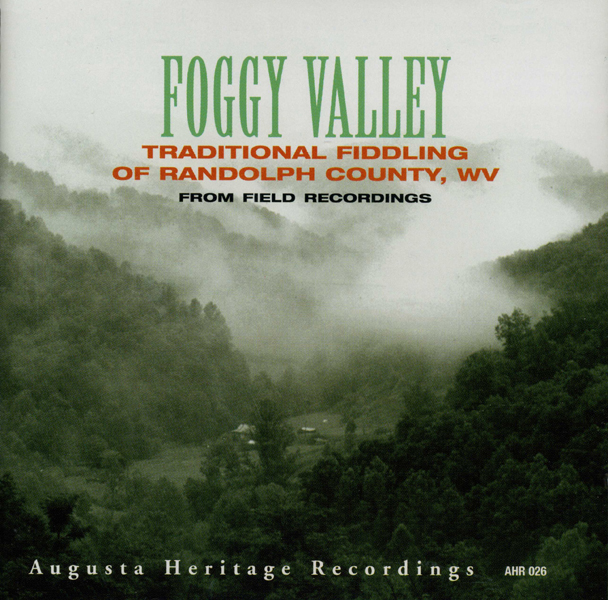
Located in the county seat of Randolph County, it is natural that the music of that region would be well-documented by AHR. Foggy Valley: Traditional Fiddling from Randolph County, WV (AHR-026), provides a sampling of music from nine local fiddlers. Recorded by Gerald Milnes between 1994 and 1997, this relatively recent CD displays both archaic and modern fiddling styles.
Fiddlers Charles Taylor, Murrell Hamrick, Ron Mullennex, and Jimmy Triplett represent the older, more rustic approach, with tunes such as “Sally Ann,” “Shaking Down the Acorns,” and “Jimmy Johnson.” Boyd Phillips, Shorty Currence, Woody Simmons, Wilmoth Cooper, and Jack Hedrick offer a more contemporary sound, with tunes such as “Bully of the Town,” “Spanish Two-Step,” and “Done Gone.”
The only shortcoming of this release is one of omission – Gerald Milnes is an excellent Randolph County fiddler himself, having won first place at the Vandalia Gathering more than once, and his presence as a fiddler on this collection would have been welcome and most appropriate.
Augusta concerts and workshops have featured hundreds of folk artists, many considered to be national treasures, since the workshops began in 1972. Gerald Milnes has had the foresight to videotape a large percentage of these performances, and AHR is now making some of them available on DVD.
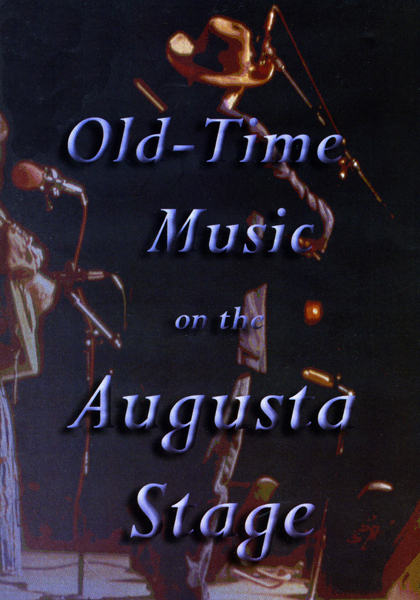
Old-Time Music on the Augusta Stage (AHCMS-11) contains 20 tunes and songs from staff or guests in concert at the Augusta Heritage Arts Workshops. Of special note are West Virginia artists Melvin Wine, Glen Smith, Gandydancer, Murrell Hamrick, Lester McCumbers, Boyd Phillips, and Elmer Rich. Younger musicians join them as do several excellent artists from elsewhere in Appalachia.
Upcoming releases from AHR include a collection of Irish music from the Augusta stage, folksongs and ballads, music from the Swiss community of Helvetia, traditional dulcimer music, the guitar playing of Blackie Cool, and fiddling from Delbert Hughes.
Additional releases from AHR are available online at www.augustaheritage.com or by phoning (304)637-1209.
You can read the rest of this article in this issue of Goldenseal, available in bookstores, libraries or direct from Goldenseal.